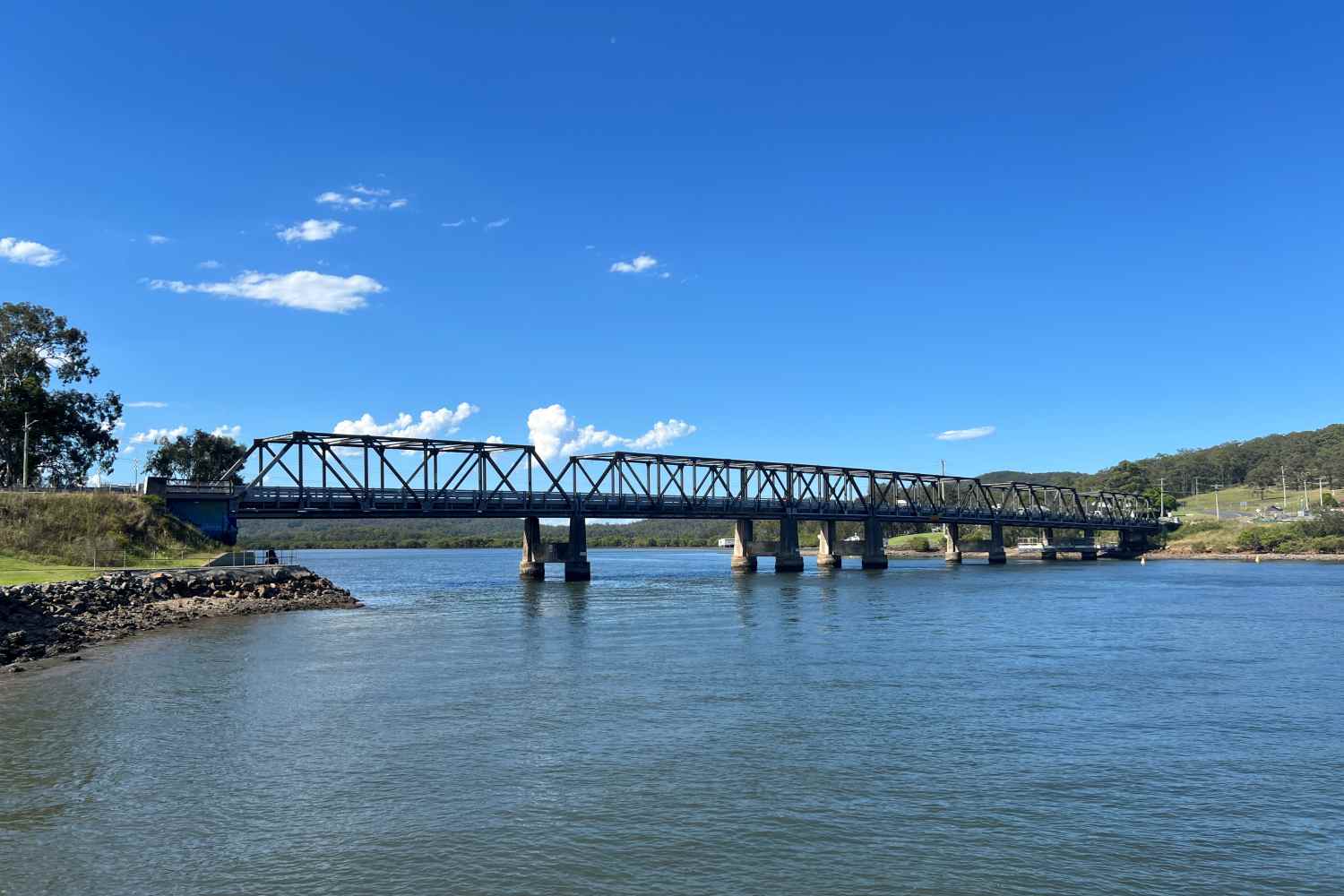Intellectual Property – That sunset over the Sydney Opera House looked stunning in your latest Instagram post, didn’t it? But what if a tourism board or a hotel decides to use your photo to promote their brand without your permission?

As a travel influencer, understanding Australian intellectual property (IP) law is crucial, especially when it comes to the ownership and use of user-generated content (UGC).
In this guide, we’ll explore how Australian IP law applies to travel influencers, who owns the content you create, and what happens if a brand or even a country uses your work to promote their tourism industry.
Understanding Intellectual Property (IP) Law in Australia
In Australia, intellectual property law protects original creative works, including photographs, videos, blog posts, and social media content. As a travel influencer, every piece of content you create is automatically protected by copyright, provided it is original and recorded in a tangible form (e.g., a social media post or blog entry). This means that you have the exclusive right to control how your content is used and distributed.
Key Principles of Australian IP Law for Travel Influencers
When it comes to using and sharing content in the travel industry, there are a few key principles that Australian IP law follows.
- Automatic Protection: Copyright is granted automatically upon creation; no formal registration is required.
- Ownership: The creator (you) generally owns the copyright unless rights are assigned to someone else.
- Moral Rights: You have the right to be attributed as the creator and to protect your work from derogatory treatment.
- Fair Dealing: This allows limited use of copyrighted material without permission for certain purposes, such as criticism or review, research or study, and reporting news.
- Infringement: Any unauthorized use of copyrighted material can be considered infringement and may result in legal action.
- Contracts: Keep in mind that licensing agreements and terms of service on social media platforms may also affect how you can use and share content.
Knowing these principles isn’t just smart—it’s essential for travel influencers. Stay on the right side of IP laws while protecting your own works. And remember, giving credit where it’s due isn’t just polite—it’s non-negotiable.
Who Owns User-Generated Content (UGC)?
As a travel influencer, you may also feature UGC on your social media platforms or blog, such as photos taken by your followers or comments left by readers. So who owns this type of content?
Under Australian IP law, UGC belongs to the creator of the original work – in this case, the person who took the photo or wrote the comment. However, when someone posts their content on a public platform like Instagram or Twitter, they are giving implied permission for others to share and use it. This means that as a travel influencer, you can feature UGC on your platforms as long as you give credit to the original creator.
What Happens If Brands Repurpose Your Content?
Brands often seek to leverage influencer content to market their services. As a travel influencer, it’s important to establish clear guidelines and terms of use when partnering with brands. This can prevent any misunderstandings or disputes over the use of your content.
In Australia, this is how it goes:
- Without a formal agreement, the brand cannot legally use your content without your permission.
- If you’ve agreed to terms (e.g., via influencer contracts), ownership and usage rights might be partially or fully transferred to the brand.
- Always clarify the scope of usage, whether it’s limited to social media reposts or broader marketing campaigns.
So, Can Brands Use Your Content Without Permission?
The short answer is No. Brands, hotels, and tourism boards must first obtain permission from you (if you are the creator or owner) before reusing influencer content. If they fail to do so, it may constitute copyright infringement under the Copyright Act 1968 (Cth). Influencers then have the right to take legal action or request compensation for unauthorized use. However, again, if you have agreed to terms and conditions (including the fine print), ownership and usage rights may be transferred to the brand.
To protect yourself, make sure to:
- Use watermarks on images and videos.
- Include copyright notices in your captions or blog posts.
- Monitor brand activity and issue takedown notices if necessary.
What About Tourism Boards and Governments?
Tourism boards and government agencies may wish to repurpose influencer content to promote destinations. While this might seem flattering, legal considerations still apply:
- Consent is Required: Even government bodies must seek permission before using your content.
- Attribution: Your moral rights ensure proper credit is given.
- Commercial Gain: If your content generates revenue for a tourism board, you may be entitled to a fee.
- Moral Considerations: Some influencers may not want to be associated with certain destinations or political agendas, so always clarify how your content will be used.
Now, if an influencer wishes to collaborate with a tourism board, it is essential to have a written agreement outlining:
- The scope of use
- Payment terms
- Credit and moral rights
How to Protect Your Content
As an influencer, it is crucial to understand the value of your content and take measures to protect it. However, protecting your creative work involves both proactive and reactive measures such as:
Proactive Steps:
- Draft clear contracts: Specify content usage rights before entering partnerships.
- License your content: Allow controlled use while retaining ownership.
- Monitor usage: Use tools like Google Reverse Image Search to detect unauthorized use.
- Watermark your content: This will discourage unauthorized use and ensure proper attribution.
Reactive Steps:
- Issue a takedown notice: Platforms like Instagram and YouTube allow you to report unauthorized use.
- Seek legal advice: A specialized IP lawyer can help enforce your rights and assist in resolving disputes.
As an influencer, your content is at the heart of your brand. Taking steps to protect it not only keeps your creative work safe but also helps maintain your reputation and credibility. Plus, by protecting your content, you’re setting an example for fair treatment of creators across the industry.
Key Takeaways for Travel Influencers for Intellectual Property
- You own your content by default under Australian copyright law.
- Brands and tourism boards must obtain permission before repurposing your work.
- Formal agreements help define rights and prevent disputes.
- Protect your work using watermarks, copyright notices, and proactive monitoring.
- Enforce your rights through takedown notices and legal action if needed.
We get it–IP law isn’t something all content creators are familiar with. But by educating yourself and taking proactive steps to protect your content, you can ensure that your hard work and creativity are valued and respected in the digital landscape.
After all, navigating IP law as a travel influencer can be complex, but understanding your rights and responsibilities will help you protect your creative efforts while collaborating confidently with brands and tourism organizations. So keep creating, stay informed, and don’t be afraid to assert your rights when needed.
And of course, happy travels!



